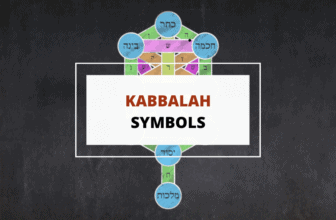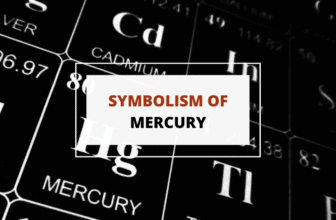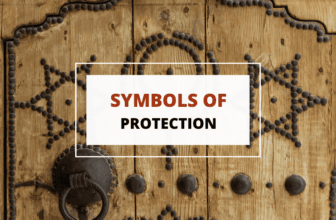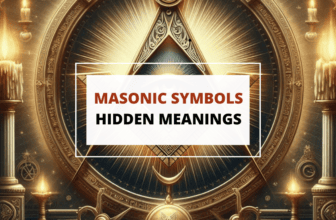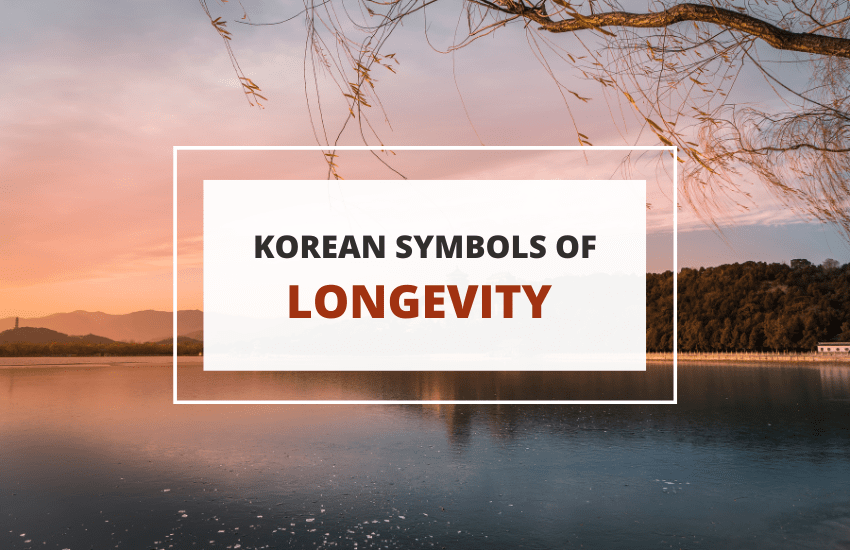
The belief about immortality and the possibility of long life are widely spread in East Asia, particularly in countries like Korea, China, Japan, and Tibet. This is manifested in their literature and folklore, as well as paintings, embroidery, and pottery.
Symbols that represent long life and immortality are depicted in their artwork not just for artistic or aesthetic purposes, but also as a form of discussion. These are used to further the conversation on ideas, philosophies, and social awareness.
In Korea, there exists a set of 10 symbols known as “ship jangsaeng”, which are used to represent either the concept of immortality or long life. This practice began in the Joseon dynasty and has been passed on through the generations until the present time.
These symbols were first used on folding screens and clothes and were either painted on or embroidered into these objects. However, in modern Korea, these symbols can often be seen on doors, gates, or fences surrounding houses or even empty lots. Many similarities in the use and meanings of these symbols can be found in Korean and Chinese cultures, but with slight deviations as the Koreans made their own adaptations.
Pine Tree (Sonamu)

The red pine tree, called “sonamu” in Korean, which translates to “supreme tree”, is known to represent endurance and long life. While there are other species of pine trees scattered around the peninsula, the red pine is a more common site in traditional gardens and has a deeper cultural significance to Koreans.
It is considered to be the country’s national tree and can live up to 1,000 years, hence its association with long life. It is directly named in a couple of Korean expressions and is even mentioned in their national anthem to represent the country’s durability and resilience. The bark of the red pine tree is said to look like a turtle’s shell, which compounds its symbolic representation of long life.
Sun (Hae)
The sun never fails to rise and appear in the sky every day and is a constant source of light and warmth. It also contributes to the sustenance of life on earth as it is crucial for both plant and animal life. For these reasons, the sun has been regarded as a sign of immortality and longevity around the world.
The sun also has regenerative energy as direct sunlight can be converted into electricity, solar thermal energy, or solar power. This is a continuous supply that will never end, thus reinforcing the sun’s longevity symbolism.
Mountains (San)
Mountains are sturdy, unmovable, and for the most part, retain their physical appearance over time, and so they are associated with endurance and immortality. Folklore in both Chinese and Korean cultures relates the lifestyle of Daoist immortals to mountains as either their abode or as the location of the mushroom of immortality.
Religious and political practices are also conducted on a mountain as they believe that it releases air that sustains the universe. The importance of mountains in Korea is very high in that was even included in royal practices, with a mountain top used one time as the seal of the emperor.
Crane (Hak)
Because cranes have the ability to live for a long time, some living for as long as 80 years, cranes have also become symbols of longevity. The white cranes, in particular, are linked to the Daoist immortals, allegedly carrying messages as they travel between heaven and earth.
They also represent endurance in terms of marriage and relationships because cranes choose only one mate for the rest of their lives. Thus, paintings of cranes are usually displayed inside houses to indicate blessings for the marriage and the family.
In China, the crane is more mystical and is highly revered. Several myths and folklore about the bird are passed on from generations, such as how it can live for as long as 6,000 years, or how it lives in the mysterious lands of the immortals.
Water (Mul)
Water is recognized almost universally as the sustenance for life, after all, no living being can survive without water. It is also one of the few elements that are believed to have been present since the beginning of time.
It is particularly emphasized in the Daoist belief as one of the five elements of nature that form the world. Visual representations usually picture it in motion, usually as big bodies of water. This is to indicate the continuous movement of time that is beyond the control of man.
Clouds (Gureum)
Similar to water, clouds are associated with longevity because of their ability to support life as they bring rain down on earth. In visual representations, clouds are depicted in swirls to show the essence of the Chi, which Daoists claim as the vital force that drives life.
In Chinese mythology, clouds are commonly depicted as the transport of gods, a signal used by deities to announce their appearance, or as the powerful breath from dragons that produce life-giving rain. While in Korea, clouds are seen as a celestial formation of water, with no fixed shape or size. During the Joseon era, clouds are depicted in paintings to look like the mushroom of immortality.
Deer (Saseum)
Believed to be spiritual animals, deer are often associated with immortals when mentioned in folklore. Some stories claim that the deer is one of the few sacred animals that can find the rare mushroom of immortality. The White Deer Lake that is found on Jeju Island is even said to be a mystical gathering place of immortals.
A popular story in Chinese folklore, on the other hand, describes the deer as the sacred animal of the god of longevity. Their horns are also medicinal and are often used to strengthen one’s body and increase a person’s life span.
Bamboo (Daenamu)
The bamboo tree is an important plant in many Asian countries due to its many uses. Its body is very strong yet adaptable, bending along with strong winds but not breaking. Its leaves also remain green throughout the year, and as such, the tree has also been linked to durability, endurance, and long life.
Turtles (Geobuk)
As some turtle species can live for more than one hundred years, and their shells can last practically forever, the turtle is considered a symbol of long life and durability as well. Their imagery had frequently appeared in artifacts, as their body structure was often described as early representations of the world.
Some ancient relics of Chinese writings from as far back as 3,500 years ago can be found engraved on turtle shells, thus preserving them forever. A popular Chinese legend about the Lo Shu square, an important symbol used in Feng Shui and divination, narrates how it was first discovered on a turtle shell back in 650 BC.
Myths in Korea describe the turtle as an auspicious sign, often carrying messages from gods. Temples of Buddhist and Taoist religions also cultivate turtles with the purpose of protecting visitors and nearby residents.
Mushrooms of Immortality (Yeongji)
Stories abound in the region about the existence of a rare, mythical mushroom. This magical mushroom is said to impart immortality to anyone who consumes it. This mushroom only grows in the immortal land, thus normal humans are not able to acquire them unless they are assisted by sacred animals such as phoenix, deer, or crane.
In real life, this mushroom is said to be the Lingzhi in China, Reishi in Japan, or Yeongji-beoseot in Korea. These mushrooms are all known for their medicinal properties and are even mentioned in historical records as early as 25 to 220 AD. It is a potent plant that is both rare and expensive, previously only afforded by rich and influential families.
Conclusion
Korean culture is richly filled with symbols and legends that influence the lifestyle of its people even in modern times. The above ten Korean symbols of longevity are an ancient cultural tradition that expresses the Korean culture.




